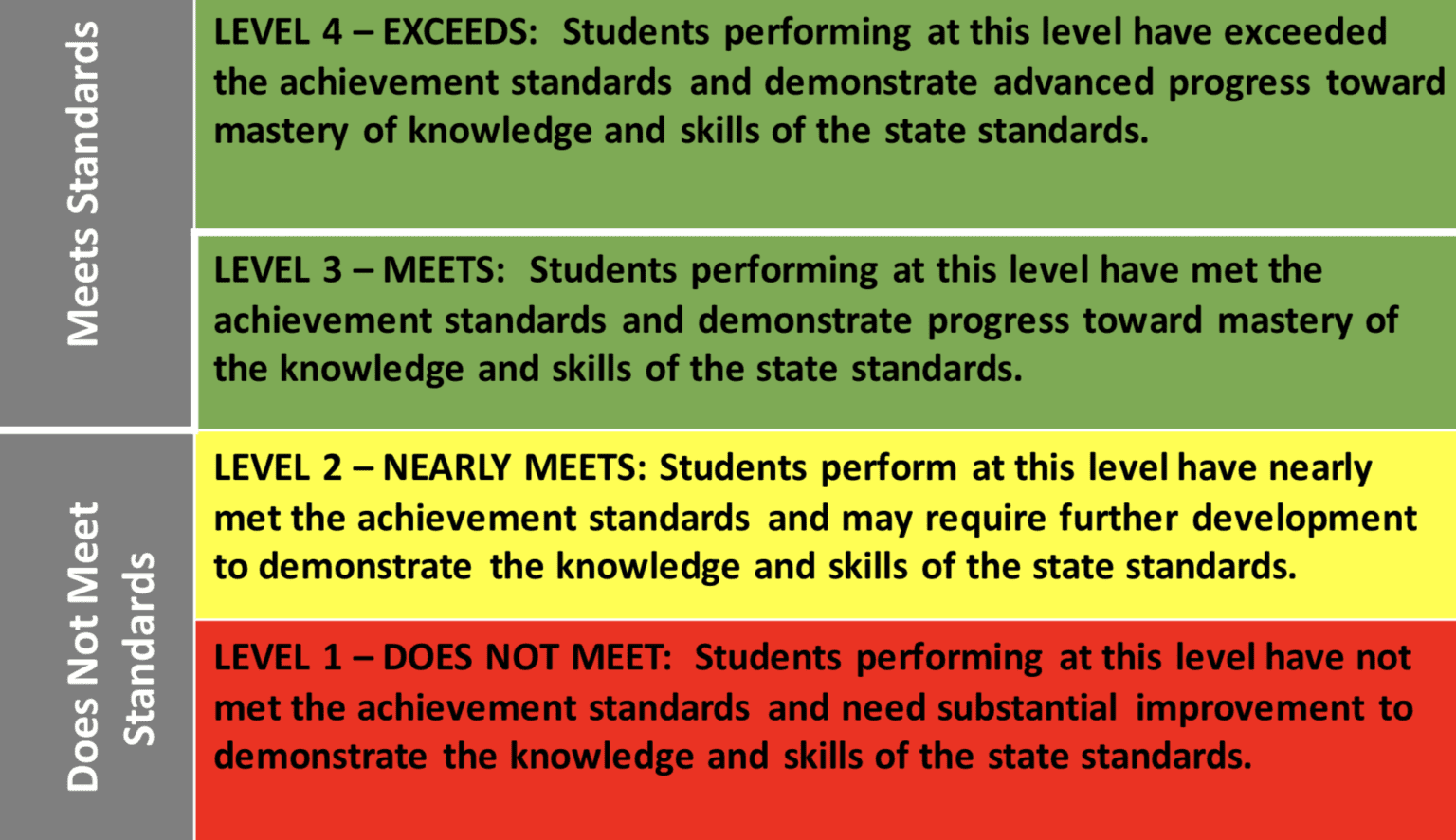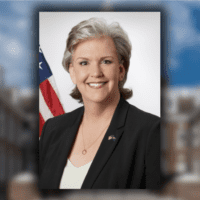

A new math plan is expected by the end of the year to help address the 18 schools in Delaware with single-digit math proficiency scores. (Getty Images)
Delaware will announce a new statewide math plan in December to counter COVID learning loss and boost the state’s horrific test scores, which are among the worst in the nation.
The state has been working on the plan since January but is not yet prepared to release details because the plan hasn’t been finalized.
Underscoring the need for help, especially in math, is the fact that 18 Delaware public schools have single-digit proficiency scores in math, and two have them in English language arts.
That means less than 10% of the students, who are tested in third through eighth grade, understand math at their grade level. (See the list below).
The goal of the new math program will be to assure every student has mathematical mastery by 8th grade, said Monica Gant, the chief academic officer for the state Department of Education.
The math plan is expected to mimic some aspects of the science of reading plans sparked by state legislation.
Those plans require schools to teach according to science that shows how the brain works and will require some teacher training, using materials curated by the state and more frequent testing of students to determine how they understand the material during the school year, so help can be given, if needed.
While the state blames a lot of the low scored on virtual learning and other COVID woes, others also cite teacher shortages, large class sizes and a lack of funding for materials and support such as tutoring all play a role, those people say.
Proficiency defined
It helps to understand how schools determine proficiency.
Delaware and many other states administer an end-of-year Smarter Balanced assessment that measures a student’s progress toward college or career readiness. It is required by the U.S. Department of Education.
The assessment tests student abilities to perform on grade-level in math and English language arts.
Educators call it a summative assessment, meaning it’s testing the students’ wealth of knowledge learned that year, not just focusing on a specific thing such as addition. Another example of a summative test would be the tests a student takes at the end of units.
State schools use pop quizzes or shorter tests to make sure students are mastering a specific skill through formative assessments.
“The summative assessments are really looking at how well your curriculum is performing and how well your system and structure is in place,” Gant said. “It gives you a broad look at how students are doing across the board on those end-of-grade mastery skills.”
In the Smarter Balanced test, a student will earn a grade of 1 to 4, with 4 being the best.
A score of 1 means the student does not meet grade-level achievement standards. A score of means they nearly meet the standard.
A score of 3 or 4 means the student is considered proficient. A 3 indicates the student meets standards, while a 4 means the student exceeds standards.
In Delaware, 42.36% of students tested proficient in English language arts, and just 29.48% of students earned a proficient score in math, according to the state’s report card.
Even so, most students are promoted to the next grade level, and 87% of seniors graduate.
Gant said that’s because test scores aren’t the only way to measure a student.
“A school doesn’t make a decision about whether a student passes based on one score,” she said. Decisions include many factors, including a teacher assessment of a student’s abilities.
Gant compared using a single test to a doctor taking a patient’s temperature and saying they must have surgery.
“No, of course you wouldn’t do surgery based on that one data point,” she said. “There’s other pieces to that puzzle that we have to look at to make decisions about what’s the best way to proceed.”
Focus on teachers
Rep. Ruth Briggs King, R-Georgetown, a member of the House Education Committee, said most elementary school teachers don’t just teach one subject — they teach all subjects.
Some may not be as well-equipped to teach math as the teacher next door, she said.
Perhaps, Briggs King said, schools should consider having elementary teachers who focus only on math.
“Many of our elementary teachers are not as proficient in math,” she said. “They know enough for teaching qualifications, but math is something that you need to be able to bring to life or, if one way doesn’t work, to be able to quickly adapt to the class and to show another.”
She said many teachers she’s talked to agree.
Some have told her that one of the big problems is that their class sizes are too big to allow them to focus on individuals.
“With math, you’re grasping a concept, and it’s harder to explain and try to reach a particular student when you might have too many in the class,” she said.
The state already has launched programs to create a deeper pipeline of educators who can teach math, science and world languages.
It also had a committee looking at ways to pay teachers better, partly to compete with surrounding states who will be significantly raising pay for teachers. Maryland, for example, plans to start teachers at $60,000 a year. Delaware now lists starting pay at $30,769.
The Delaware State Education Association last week proposed that Delaware match Maryland’s pay rates, giving teachers more to start with, but fewer and smaller raises through the years.
“The shortage of math teachers could definitely be a big part of it,” said Kendall Massett, executive director at Delaware Charter School Network. “We need our kids that are in high school, who are thinking about what the rest of their careers might look like, to consider math and math education.”
Kathy Kelly, the state Education Department’s director of curriculum, instruction and professional development, said the state will use some of Delaware’s millions in federal Elementary and Secondary School Emergency Relief Funds to focus on math.
That money is designed to help schools recover from COVID-19.
“One of the pieces that we put into our ESSER III plan was the need for a mathematics plan,” Kelly said. “We knew that there was a lot of work already happening in literacy and that the state really rallied around its literacy plan and the work that needed to happen around the science of reading, but we knew something similar needed to happen around mathematics.”
The third round of relief funds allocated $410,733,965 to the First State in March 2021.
Gant said the Education Department already has middle school math coaches in 18 high-needs middle schools to support educators as they implement high-quality instructional materials.
The coaches work closely with teachers and school administration to develop and improve curriculum, and create strategies to more effectively teach students.
Adding more of these, Gant said, would help schools improve on math instruction with the hope of bettering test scores.
“We’re focused on making sure that teachers have the tools that they need to be able to support instruction and support implementation of curriculum,” Gant said. “You have to have a system to support all of that, and that’s what the math plan is about. It’s about defining all those pieces that work together to ensure that the students have access to quality instruction.”
The single-digit schools
Here are the schools that scored less than 10% proficiency in either math or English language arts, by district:
- Brandywine
- Harlan Elementary: 9.6% ELA
- Capital
- William Henry Middle School: 9.55% math
- Towne Point Elementary: 9.82% math
- Christina
- The Bancroft School: 1.58% math, 6.31% ELA
- The Bayard School: 3.37% math
- Glasgow High School: 5.22% math
- Colonial
- Carrie Downie Elementary: 8.84% math
- New Castle Elementary: 7.11% math
- Calvin McCullough Middle School: 4.69% math
- George Read Middle School: 7.38% math
- New Castle Vo-Tech
- Howard High: 3.23% math
- Hodgson VoTech: 9.26% math
- Red Clay
- Highlands Elementary: 8.9% math
- Anna Mote Elementary: 9.15% math
- Stanton Middle School: 7.86% math
- A.I. du Pont Middle School: 7.19% math
- Warner Elementary: 6.44% math
- A.I du Pont High School: 7.69% math
- Seaford
- Seaford Senior High School: 5.23% math
- Woodbridge
- Woodbridge High School: 7.04% math


Raised in Doylestown, Pennsylvania, Jarek earned a B.A. in journalism and a B.A. in political science from Temple University in 2021. After running CNN’s Michael Smerconish’s YouTube channel, Jarek became a reporter for the Bucks County Herald before joining Delaware LIVE News.
Jarek can be reached by email at [email protected] or by phone at (215) 450-9982. Follow him on Twitter @jarekrutz and on LinkedIn
Share this Post









